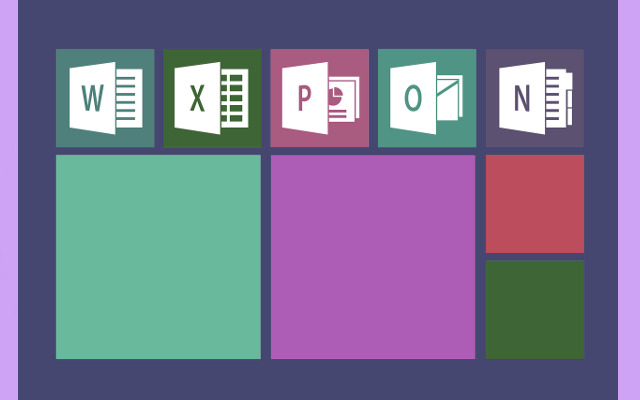Installing Windows on more than one machine or even just one usually takes to perform a lot of things by hand. This process will take a long time and needs to be done repeatedly, which on a large scale is quite challenging to do. The response file Autounattend.xml has the answer. This is an XML file that has all the answers to the Windows Setup questions. It lets the whole installation process operate on its own from start to end, with no help from the user. The key to getting zero-touch Windows deployment and making your system administration responsibilities much easier is to learn how to make and use this file.
Making and Using the Autounattend.xml File
Making the Structure of the Answer File
The Autounattend.xml file can’t be typed out by hand, thus the Windows System Image Manager (WSIM) tool is used that gives a result with the Windows Assessment and Deployment Kit (ADK) instead. This application’s interface is easy to be used making it simple to configure parameters throughout several setup rounds.
Configuration Passes, the Windows installation procedure is broken up into numerous passes, and the response file connects settings to these specific passes.
Here are some of the most typical passes for a completely automated setup:
1. windowsPE: This is used to set up the first part of Setup, like choosing the Windows edition to install, partitioning the drive, and configuring the display language.
2. specialize: Used to set up parameters that depend on hardware. This is where you usually put in the product key, set the computer’s name, and change the time zone settings.
3. oobeSystem: This is used for settings that are made after the first installation but before the user gets the Out-of-Box Experience (OOBE). This pass is necessary to make the local user account, agree to the EULA, and avoid several user questions.

Running an Unattended Installation
Once, Autounattend.xml file for deployment is made it will be easier to use it. This file is automatically looked for by Windows Setup at the root of the installation disk or on a local drive. To run it, the file in the root directory is placed in your Windows installation media. This technique is used to make sure the file is used. Once the Windows Setup is started, it will detect the file on its own and will utilize the settings that are already there without asking you.
For more elaborated information, FirstLogonCommands or RunSynchronous/RunAsynchronous options are used in the configuration passes. In these parts, running your own scripts is possible, as well as installing drivers, or even pushing the software soon after the OS is set up. This makes things even more automated by adding configuration after the OS is installed.
Summary
The Autounattend.xml file is an essential tool for any system administrator. It turns complicated, interactive Windows installations into simple, repeatable, and fully automated deployments. You may control every part of the setup in great detail by using the structured configuration passes in the XML file. This cuts down on deployment time and mistakes made by people. The best way to manage Windows is to go from installing things by hand to doing it automatically with the answer file.
Unlock your PC’s full potential — try Windows now!






